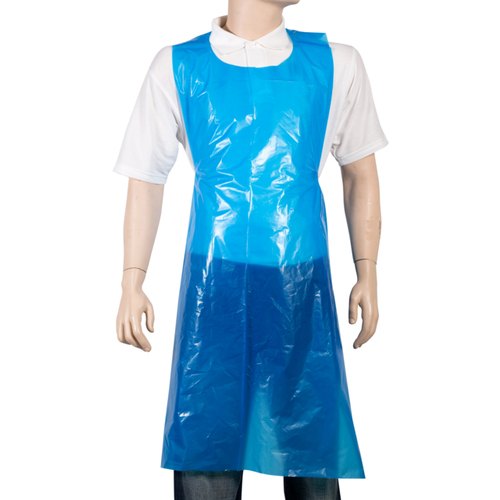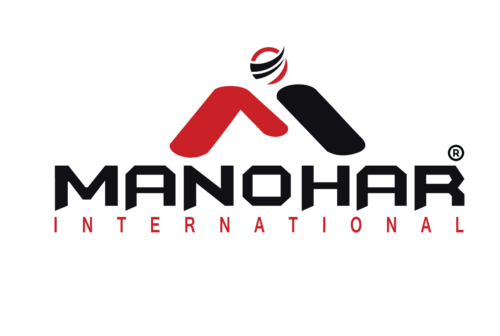From Kitchen to Clinic: The Versatility of Plastic Aprons

Plastic aprons might seem like a simple, everyday item, but their versatility makes them indispensable across a wide range of settings. From protecting your clothes while cooking a family meal to ensuring hygiene in medical environments, these lightweight, durable garments have earned their place as a practical solution for countless tasks. Let’s explore how plastic aprons seamlessly transition from the kitchen to the clinic and why they’ve become a staple in both personal and professional spaces.
A Kitchen Essential
In the kitchen, a plastic apron is a cook’s best friend. Whether you’re an amateur chef experimenting with a new recipe or a seasoned home cook preparing a feast, spills and splashes are inevitable. A plastic apron acts as a barrier, shielding your clothes from grease, sauces, and stains. Its waterproof nature ensures that even the messiest culinary adventures—think kneading dough or frying sizzling dishes—won’t leave you scrubbing your outfit afterward. Plus, they’re easy to wipe clean or dispose of, making cleanup a breeze.
Beyond home kitchens, plastic aprons are a favorite in the food industry. Bakers, butchers, and restaurant staff rely on them to maintain hygiene while handling raw ingredients. Their affordability and convenience make them a go-to choice for anyone who values practicality without compromising on cleanliness.
A Clinical Lifesaver
The utility of plastic aprons extends far beyond the culinary world. In healthcare settings, they play a critical role in maintaining sterile environments and protecting both patients and professionals. Clinics, hospitals, and labs use plastic aprons to prevent cross-contamination, especially during procedures that involve fluids or potential pathogens. Nurses, doctors, and caregivers wear them to safeguard their uniforms, while patients benefit from the added layer of hygiene.
What makes plastic aprons so valuable in clinical settings is their disposable nature. After a single use, they can be discarded, reducing the risk of spreading germs—a feature that reusable cloth aprons simply can’t match. This disposability, combined with their resistance to liquids, makes them an essential tool in infection control protocols worldwide.
Bridging Industries with Quality Supply
The growing demand for plastic aprons has spurred a thriving market, particularly in countries like India, known for its robust manufacturing capabilities. Plastic Apron Manufacturers in India are producing high-quality, affordable options that cater to both domestic and international needs. Meanwhile, Plastic Apron Suppliers in India ensure these products reach kitchens, clinics, and businesses with ease, offering a range of styles and thicknesses to suit different purposes. For those looking beyond borders, Plastic Apron Exporters in India are making their mark by delivering reliable, cost-effective solutions to global markets, reinforcing India’s reputation as a hub for practical innovations.
Why Plastic Aprons Stand Out
The beauty of plastic aprons lies in their simplicity and adaptability. They’re lightweight, making them comfortable for long hours of wear, whether you’re standing over a stove or assisting in a medical procedure. They’re also incredibly affordable, offering a low-cost way to maintain cleanliness without sacrificing quality. Available in various colors and sizes, they can even be customized for branding purposes—think of a restaurant chain or a healthcare facility wanting to add a professional touch.
Additionally, their environmental footprint is being addressed with innovations like biodegradable plastic aprons, which provide the same functionality with a nod to sustainability. This evolution ensures that plastic aprons remain relevant in an eco-conscious world.
Conclusion
From the kitchen to the clinic, plastic aprons prove that sometimes the simplest tools are the most versatile. They protect, they simplify, and they adapt—making life easier for cooks, caregivers, and everyone in between. Whether you’re flipping pancakes or tending to a patient, a plastic apron is a small but mighty ally. Next time you tie one on, take a moment to appreciate its journey from a humble kitchen cover to a clinical essential—it’s a testament to how everyday items can rise to meet extraordinary needs.

